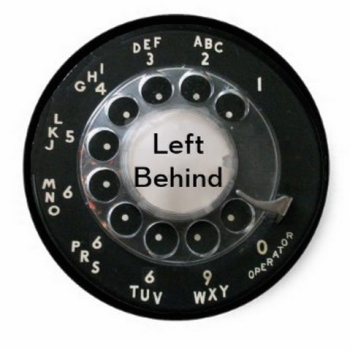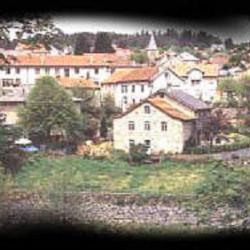This month in the Patheos Book Club, we're featuring the book The Friends We Keep: Unleashing Christianity's Compassion for Animals, by Laura Hobgood-Oster. An excerpt of the Introduction follows.
Introduction
Even Dogs Deserve the Crumbs
Are your angels really hovering in the sky?
Because I think I just saw one walking by
Leaving paw prints in the snow
Cloven tracks in the mud
A slug trail on the sidewalk
Hoofprints . . .
How near they are. How holy they are.
—Carol Adams
The Georgetown, Texas, city animal shelter probably sees too much of me. While my professional life revolves around a university, its classes and students and in tellectual work, my "real" life revolves around dogs and many other animals. For almost a decade the kind and often quite stressed humans who work day in and day out at the city's shelter have allowed me to help find homes for the many dogs who end up there. They get the hard jobs of euthanizing the animals who are in pain, who have behavioral issues that they deem dangerous, or who just happen to land at the shelter when it is too full to take in any additional dogs or cats.2 Though some stories are heartwrenching for me as well, I usually get more happy stories of dogs landing on sofas in their new homes and cats curling up on their adopter's lap.
Questions from the religious tradition that filled my life as a child of the church, the intellectual practice that draws me into conversations with theories and their applications as a professor, and the activist engagement that takes me into animal shelters and slaughterhouses are the resources that drive me to fill the pages of this book. I am confident, and make this claim without hesitation, that religious traditions and spirituality do have much to offer if humans want to live differently with animals. By the same token, I am confident that thinking about animals and how they are included in our religious beliefs and practices will only enrich our religious traditions and provide compassionate and meaningful outlets for engagement with the world.
Consider the account of Jesus and the Canaanite woman reported in the Gospel of Matthew and quoted in the front matter of this book.3 It is one of many stories in Scripture that open doors into the world of animals in the Christian tradition. Not only is it loaded with meaning and dripping with various possibilities for interpretation, but it brings real animals into the conversation. As many exegetes have detailed, this story certainly has much to say about issues of ethnic identity and the comparative worth of human beings at a particular point in history. It is amazing as well that Jesus is corrected and accepts the challenge presented by this outsider, the Canaanite woman. And, yes, the dogs eating the crumbs are likely used metaphorically by both Jesus and the woman. But might these dirty dogs eating the scraps below the table also be real animals? It is based on this possibility that I begin this journey exploring the relationship between humans and other-than-human animals in Christianity. They have been symbols in the form of lambs and doves, they have been accidental onlookers and maybe even unwilling participants; imagine for example the horses ridden to the Crusades or on Methodist circuits on the American frontier. And they have been real bodies present in the midst of Christian practices, beliefs, and rituals in many cultures for two millennia.
As the twenty-first Christian century moves along, the state of animals, both human and other, on the earth is in constant flux with habitats shifting and species disappearing.4 We humans have shaped the current state of the planet to such an extent that we must recognize our impact and our import and take responsibility for how we act and on whom we act. While issues like climate change and environmental degradation as a whole continue to be somewhat controversial in certain communities, scientific research and direct observation by lay people strongly suggest that humans are changing the face of the planet. In so doing, we are drastically impacting the lives of other humans, of ourselves and our descendants, and of the other animals who live here with us. Christianity is the single largest religious tradition; over two billion practitioners identify with it globally. As humans face different and very complicated challenges, we need to ask: does the Christian tradition have anything to say about how humans live in relationship with other animals? I believe it does. The rich history of Christianity, through its texts, its rituals, its images, and its practices, actually provides copious resources to instruct Christians and provide compassion for animals in today's complicated world.




